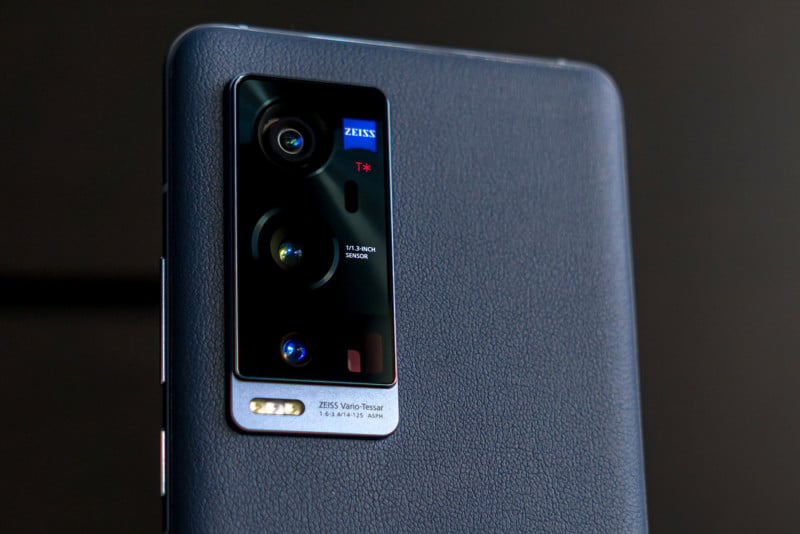The global smartphone sensor market was not slowed down by the pandemic, as a new report states the segment saw a total revenue of $15 billion in 2020 which is up 13% year over year. Sony still dominates the field, but its once ironclad grip has slipped slightly.
Sony used to control over 50% of total smartphone sensor production with Samsung in a distant second with less than 20% market share according to a report published last year. But as noted by DIY Photography, new data from Strategy Analytics — published by EET Asia — shows that has changed, as Samsung jumped to 29% market share and Sony fell to 46%.
![]()
While Sony still makes outstanding sensors, Samsung has seriously stepped its game up. Not only does its sensor perform better than any of its previous endeavors in the Galaxy S21 Ultra, but the company has also done a great job marketing the new technology it is producing and explaining how it works. Perhaps more importantly, Samsung was able to fulfill orders that Sony passed on, allowing it to increase its production and overall market share.
In November of 2020, Nikkei Asia published a report that stated Sony was in an unfortunate position of backing a losing horse and as a result, was losing market share to Samsung. Because Sony was expecting Huawei to produce significantly more phones than they ended up being able to produce, other manufacturers were turned away with the expectation that Sony would not be able to meet any additional orders.
When Huawei was added to the economic blacklist in the United States, that changed. In one year, Huawei went from commanding 41% of the Chinese smartphone market at the beginning of 2020 to just 16% at the beginning of 2021. Unable to source parts and blocked from using the latest versions of Google’s Android operating system and without access to the Google Play Store, Huawei is floundering and its future looks bleak.

Taking its place are the three big brands owned by BBK electronics: Oppo, Vivo, and OnePlus. While OnePlus launched its OnePlus 9 and Pro phones with custom Sony sensors as did Oppo with its Find X3, Vivo’s X60 devices feature a Samsung GN1 sensor. Theoretically, if the collapse of Huawei had been predicted, Sony would have been able to supply all three brands with Sony sensor tech. Losing just one may not be a big deal as Vivo isn’t even the strongest brand of the three, but it is a sign that competition is heating up.
It should be noted that while all three new smartphone lines perform admirably, the Vivo X60 Pro+ might be the device with the best camera system of the batch. While this isn’t necessarily because of the Samsung sensor on board, it certainly doesn’t hurt the company’s growing reputation for quality components.
No comments:
Post a Comment